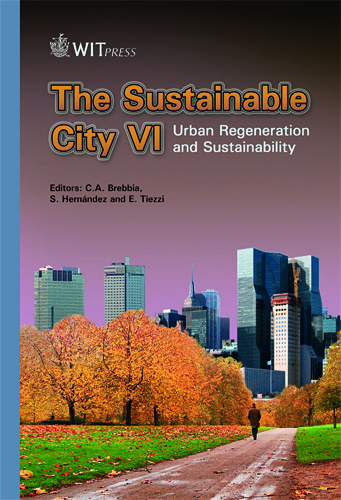Sustainable Urban Life In Skyscraper Cities Of The 21st Century
Price
Free (open access)
Transaction
Volume
129
Pages
12
Page Range
203 - 214
Published
2010
Size
1,503 kb
Paper DOI
10.2495/SC100181
Copyright
WIT Press
Author(s)
M. M. Ali
Abstract
Construction of new skyscrapers is a global phenomenon and is likely to continue in the 21st century. The process of rapid urbanization is most prevalent in developing countries with exploding population and where governments are already striving to improve their citizens’ quality of life. In some cities of the industrialized world as well, there is a steady growth of new skyscrapers. The demands for rapid expansion and restructuring of cities often results in poor quality, speedy construction, and the short-term return on investments over livability and a sustainable urban life. This paper emphasizes that well-planned skyscrapers in cities can reduce the demands placed on agricultural land and natural resources and create an enjoyable and sustainable living environment. Keywords: tall buildings, cities, urban livability, sustainability, urbanization. 1 Introduction Tall building as a building type is a technological innovation of the 19th century in response to the economic, industrial, and social changes. Chicago and subsequently New York were the birthplaces of commercial tall buildings beginning at the end of 19th and early 20th centuries. Globalization, growing population, and rapid economic development in East Asian countries during the 1980s and 1990s caused this building type to become widely employed. Currently, Middle Eastern countries are greatly investing in urban developments, and cities are utilizing tall buildings for urban growth albeit somewhat impeded by the ongoing economic recession. Majority of the world’s population will live in urban centers by 2015 and about 60 percent will be urban by 2030 [1]. In 2050, over 80 percent of the world
Keywords
tall buildings, cities, urban livability, sustainability, urbanization





